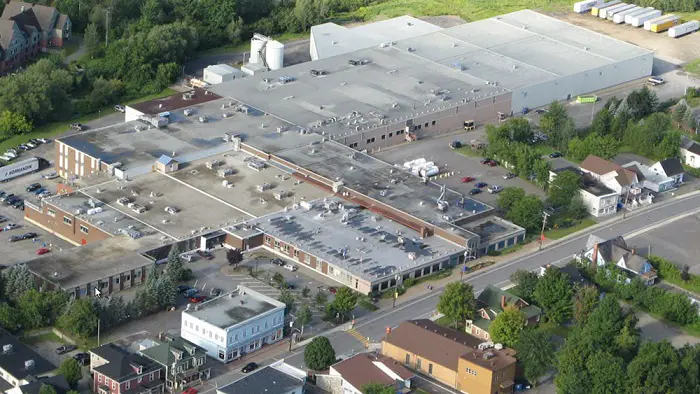The government of Uganda has applied for a US $246m loan from the United Kingdom Export Finance for the development of Kampala Industrial and Business Park in Namanve.
The Uganda Investment Authority (UIA) acting executive director, Mr. Basil Ajer, confirmed reports and said the loan, is expected to be available by the end of January and a contract management team is being created to that effect.
“Parliament approved the loan and all necessary parties are on board. The loan is expected to end a decade long talk of the need to fully develop the Namanve-based industrial park,” said Mr. Basil Ajer.
Also Read:Egypt to complete construction of 13 industrial complexes
Namanve-based industrial park project
The loan is set to address infrastructural works within the park such as roads, information communication infrastructure, sewerage and waste management systems, drainage and high voltage power among others.
It will also take into consideration a new fly over that will be constructed from Namanve North through the circumference of Coca Cola company premises, before connecting to the South Estates. In addition, a Small and Medium Enterprise space is part of the plan for the new cost. UIA expects to at least construct 500 spaces for small scale entrepreneurs.
The Namanve-based industrial park project will have contract management team that will of different technical staff from different ministries such as Works, Finance, UIA and Uganda Electricity Transmission Power Limited.
Former UIA executive director Jolly Kaguhangire, had in 2017, said that they were seeking a US $151m from Chinese Exim Bank. However, Mr. Ajer clarified that they had at the time been looking at different options, explaining that after a comparison of which bank offered better terms, UK Export Finance was agreed upon.
He further explained the variance in loan figures from US $151m to US $246m, saying that the previous figure was based on a 2008 World Bank survey and a new feasibility study was undertaken that’s why the new figure arrived at the US $246m.

